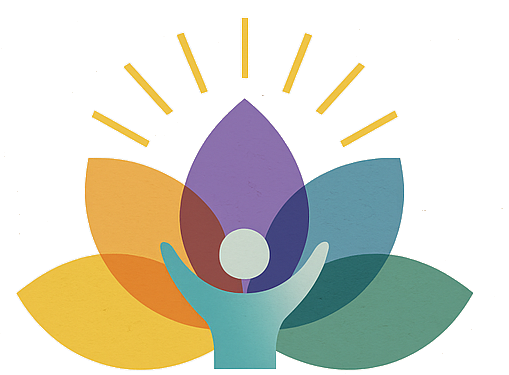Competence in Problem Solving and Critical Thinking
Problem Solving is a skill that is not naturally born in someone – it’s not a “you have it or you don’t”.
Problem Solving is a learned behavior, a learned set of responses to the environment around you.
Anyone can be taught how to become a Problem Solver!
This article describes in detail the thinking, feeling and doing necessary for problem solving according to Bloom's domains of Learning
How to Create Effective, Outcome-Based Employee Training Programs
Developing training programs in the business world requires more than just delivering information; it requires creating a structured learning experience that truly supports employee growth and performance. Yet, one of the most common challenges in employee training is the lack of clearly defined objectives. Without clear objectives and outcomes, training can feel directionless, leaving employees unsure of how to apply what they’ve learned.
How to Use Objectives to Decide What and How to Teach
Initially, I believed that if I simply presented the information, students would absorb it. However, research shows that students retain only about 5% of what they hear in lectures two weeks later; demonstrations raise retention only to about 30%. These numbers drove home a crucial insight: presenting information isn’t enough to build real competence.
To genuinely support learning, I had to shift from simply “delivering” content to facilitating active learning experiences. A question that helped guide this shift was: How can I help my students engage with and understand what I’m teaching? This question became foundational in creating objectives and structuring my classes.
As an instructor, you’re not just a “giver” of information. Instead, you’re a guide who curates resources, designs activities, and facilitates experiences that allow students to build their own understanding and skills.
Using Learning Contracts for Enhanced Performance and Positive Workplace Dynamics
Are you facing challenges with an employee or course participant whose performance doesn’t align with your expectations? Have you trained them, but it seems the training just hasn’t stuck? If you’re nodding along, let’s explore a solution together.
I understand that addressing performance issues involves more than just correcting what’s wrong—it’s about tackling attitudes too. If you’re interested in a holistic approach to resolving these challenges, read on!
Decoding Course Design
My training initially was for the new employee to observe me, then I observe them and remain available for questions. The results of my simple training got simple results – wrong item sent to customer, damaged item from poor packaging, billed for not reporting weight correctly, taking too long to ship one package after shipping for one month… You get the picture!
Strategic Behavior Analysis
Ask yourself:
What do they have to know to do what I want them to do? What do I have to know to do what I what I am teaching them to do?
What attitudes do they must have to do what I am teaching them to do well? What attitudes do I have that makes what I am teaching them to do easy for me to do?
What skills must my learners have to do what I am doing? What skills did I have to learn to do what I am teaching them to do?
Unleashing the Power of Objectives
From there we analyzed the skill of packing in behavioral terms and concluded that packing requires:
the ability to mechanically work the tape gun and -other packing tools – Doing
The ability to be able to create a new type of box out of other boxes when you do not have the correct size box for the items being shipped. – Thinking
A willingness to visualize how the box may be thrown around during shipping and how to add packing materials that will protect the items inside the box. – Feeling
he ability to apply the standards of packaging set by the business to each box. – Thinking
Optimizing Learning Experiences
The learning to ship experience could be done within a half hour, about the same time it would take an instructor to lecture and demonstrate.
However, instead of lecturing/demonstrating to a passive audience, you have become the Organizer of their learning and their time to learn.
By wisely selecting the activities you enable the participant to tell you what you want them to know. When they can “teach it to you”, you know that they have “got it” and use it in the future. And that’s the goal of every Facilitator of Adult Learning.









